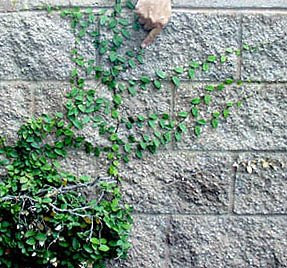 A ribbon of fresh asphalt: The Capital Beltway in Maryland
A ribbon of fresh asphalt: The Capital Beltway in Marylandcourtesy Maryland State Highway Administration
From Dulles International Airport in Virginia and northward around the Capital Beltway to the Maryland side, the roadway was a seamless ribbon of fresh black asphalt, in pristine condition the entire way—a boon, considering Enterprise had a single BMW 3 Series to rent, and I got it.
By comparison, I arrived back at LAX and bumped and tossed along northward on the battered, beaten 405 Freeway, a highway fit for a war zone. Surely by now, Baghdad has better roads. The so-called "improvement" project that Governor Arnold instituted for the 405 seems like an endless joke at the expense of Southland motorists, although I suppose the pavement inconsistencies are less apparent in a Hummer.
Just last year, TRIP, a national transportation research group, found that Los Angeles once again topped the list of metropolitan areas with the worst roads—those costing drivers more than $400 annually on average to repair their vehicles from damage caused by poor road conditions—with 65% of L.A. roads and highways in poor condition. (In all fairness, Baltimore and Washington, DC were also on the list, at 42% and 30%, respectively, but this was far from apparent on my trip.)
From what I saw and experienced behind the wheel, the Virginia Department of Transportation and Maryland State Highway Administration are to be applauded. Not only were the highway roadways immaculate, but the landscaping and cleanliness of our capital's major highway systems were top-notch as well.
Los Angeles, the center of car culture on planet Earth, should do better. Much better.















































